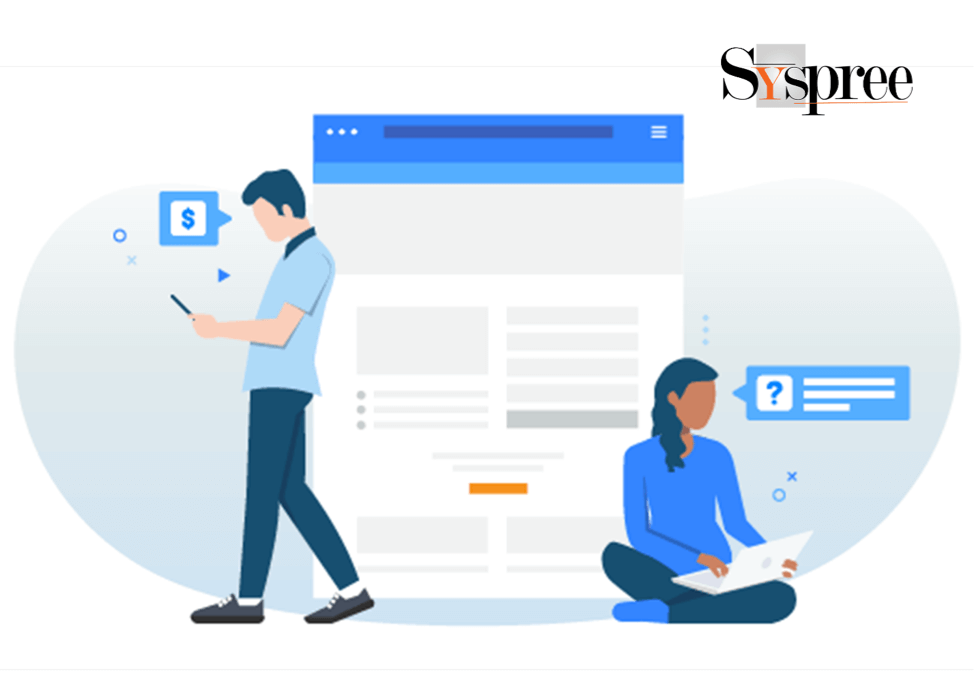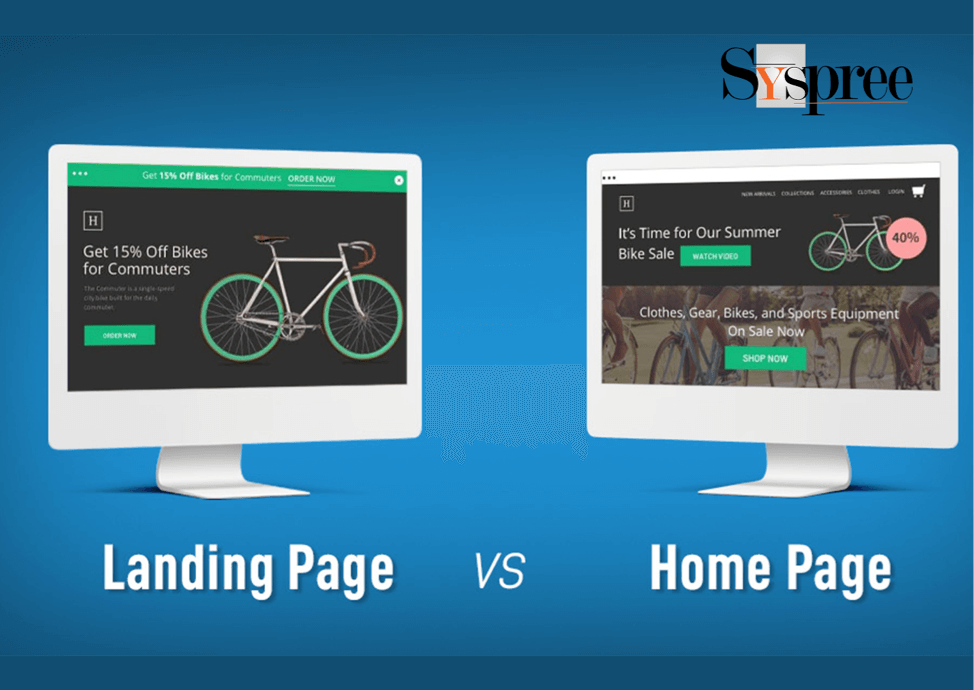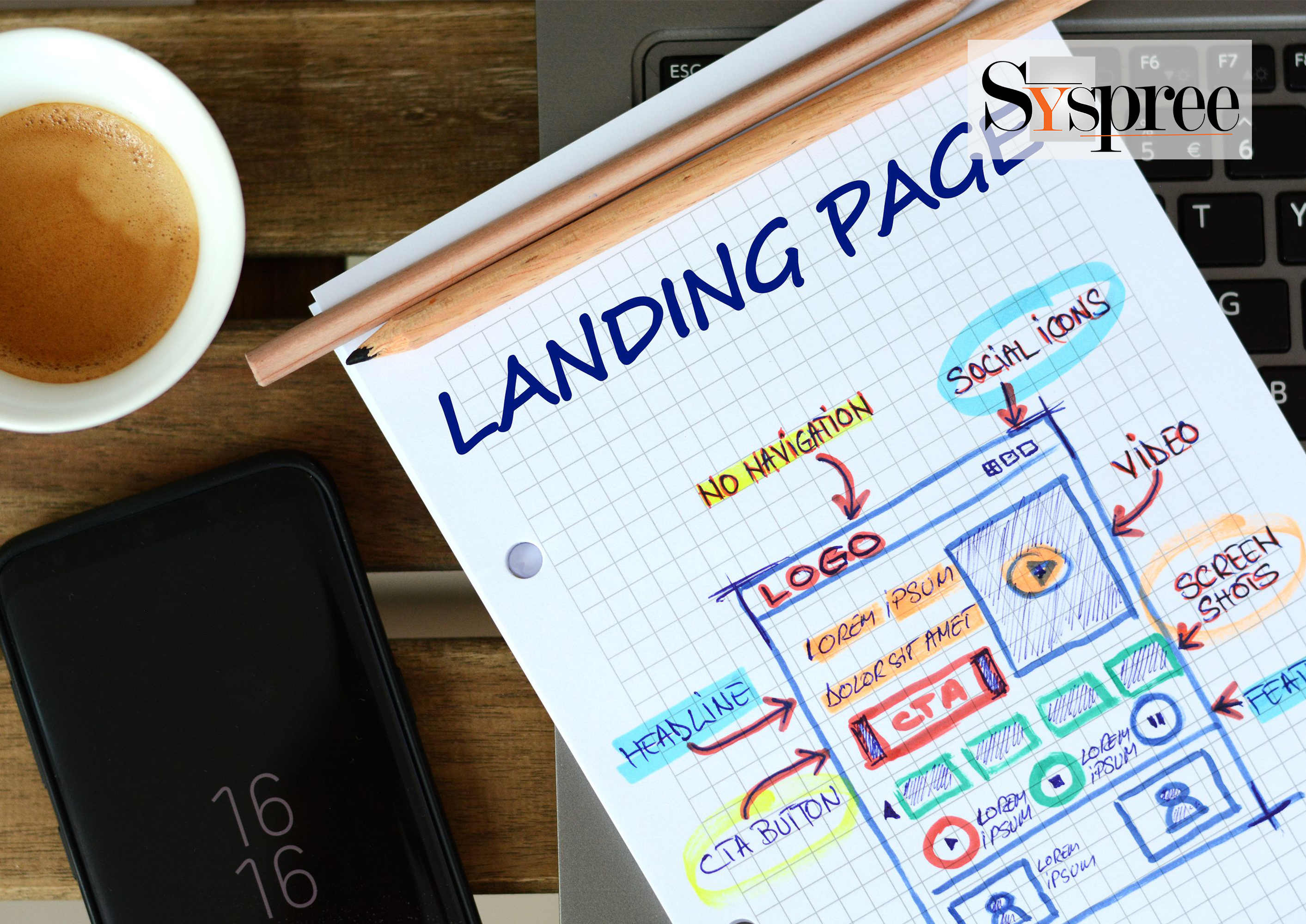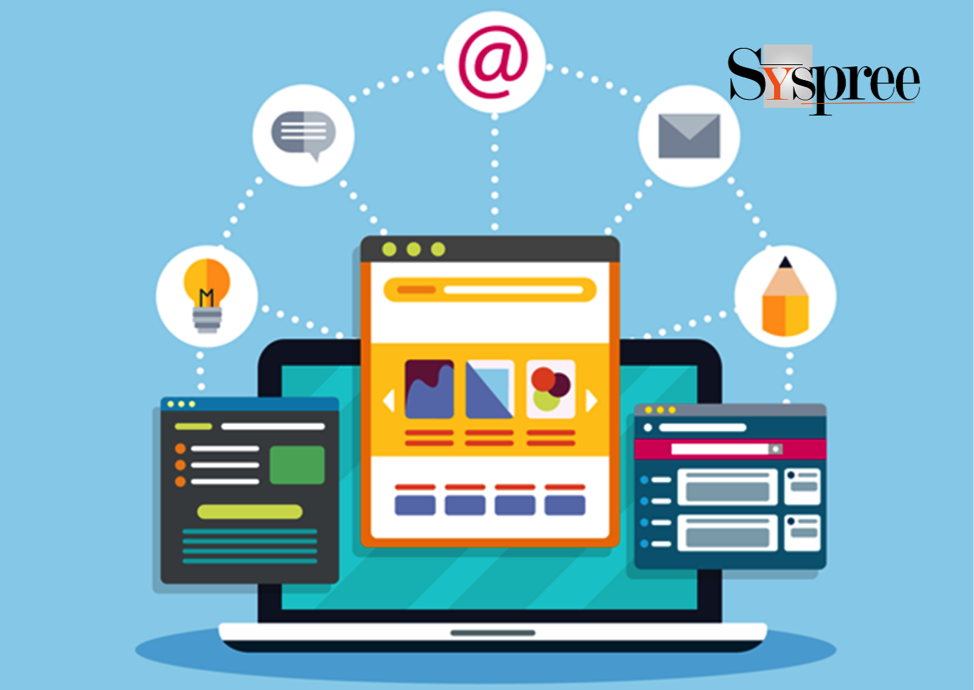Landing pages are something that you need to know as a website owner. These web pages help you with your branding, lead generation, and conversions. If you don’t have a landing page yet, or you need to learn more about this concept, the following article will have some answers for you. This article by a website design company explains what these pages are, why it’s essential for you to have one, and where you can get one.
What is a landing page?
A landing page is a web page that lets visitors know exactly where they can go to find information related to your business.

What is Landing Page?
They also allow your potential clients to learn more about what your business offers to decide whether or not they want to buy from you or sign up for your services or products.
Your website is the first place visitors will find information related to your business, so it must be evident, easy to use, and straightforward. Experts at web design company will tell you that landing pages should be simple for visitors to understand what you offer and why it benefits them on an emotional level.
They should be easy for others to use even if they are not familiar with your product or service. They should also not have any technical issues (only text appearing on the page).
Two kinds of landing pages exist: Click Through and Lead generation.
- Click-Through Landing Pages
When you launch a new product, you want to generate buzz and excitement around it. Click-through landing pages are a great way to create that buzz and engage with prospects.
These are typically product or service overview pages. Their purpose is to provide more information, answer questions, and drive visitors deeper into your website. The goal of click-through landing pages is not necessarily to capture leads but to get visitors to take some action that will move them further down the sales funnel or purchase path.
- Lead Generation Landing Pages
A lead generation landing page is a website page created for the sole purpose of capturing leads. This means that the only thing you should be able to do on this page is to submit a form.
The goal of a lead generation landing page is to convert site visitors into leads by getting them to fill out a form. The more information you request, the fewer the conversions — but these leads are usually of better quality, as they are more invested in the product.
This usually involves presenting an offer, like a free download or discount code, and asking for their email address. The landing page removes all other options, leaving only the call-to-action button (or form) to convert leads.
Landing pages live separately from your main website, with their URLs. You can hyperlink directly to them from email marketing campaigns or PPC ads. If a user clicks a link in an email campaign, they should end up exactly where they were promised — not on the home page or shop page of your site where they have to search out the advertised offer themselves.
Difference between Home Page and Landing Page
The critical difference between your home page and a landing page is this: whereas the primary goal of your website or blog is to engage and inform visitors, the main goal of a landing page is to convert them into leads.

Landing Page vs Home Page
So, what does that mean exactly?
Your home page is intended to be the main gateway for your business. It’s where visitors will go when looking for general information about your company and what it offers. A web design company will tell you that a good home page will include information on how to contact you and navigate the rest of the site. It should also give visitors a clear idea of who you are and what you offer and links to more detailed pages on specific products or services.
On the other hand, a landing page is designed with one specific purpose in mind: to get visitors to take action.
Instead of providing a lengthy overview of everything you have to offer (as seen on your home page), a landing page should focus on one specific product, service, or offer. Its goal is simple — convince visitors to take action by signing up for your offer or filling out an inquiry form.
The difference between landing and home pages should be clear by now. However, if you’re still confused, let’s quickly break it down:
A homepage is your website’s most important page. It typically greets your visitors and gives them an overview of who you are and what you do. This page also serves as a navigation hub to other parts of your website.
On the other hand, a landing page is a standalone page that’s specifically designed to convert visitors into leads or customers. Unlike home pages, these pages are void of any site navigation links, which can potentially distract visitors away from the conversion goal.
Why are Landing Pages Important?
Now that you know what a landing page is, let’s take a step back and discuss why they’re so crucial for your business.
Landing pages are different from your main website in that they don’t have the same features as the rest of your site. However, the landing has one goal: to turn visitors into leads.
The most important thing to know about landing pages is that even though they’re part of your website, they should be treated like entirely separate entities — and they each have a unique purpose.
A web design company will tell you that a good landing page is essential for success because it can be the difference between a visitor who quickly bounces off your site and a visitor who stays on your site and converts into a customer (or at least provides their email address).
That means the content and design of each landing page should be tailored specifically to the product or service being offered and should be optimized for conversions.
Landing pages are primarily used for lead generation (think contact forms) but can also be used for e-commerce transactions, event registrations, content downloads, etc.
What makes a great Landing Page?
Many elements go into making good landing pages great, but these are some of the most important things you’ll need to get right:

What makes a great Landing Page?
Create a distraction-free page. The main goal of your landing page should be clear and prominent. You don’t want visitors to get sidetracked by links, ads, or anything that draws their attention away from your call to action.
Use persuasive content & design. Use persuasive copywriting, layout, and design principles to create an emotionally compelling experience that grabs attention and motivates visitors to take action.
Create an experience tailored to your offer. Your landing page should be relevant and aligned with what you promote in your ad copy and offer. For example, if you’re running an ad for a free consultation, then make sure your headline mentions the word “free” and clearly states what you’re offering (e.g., “Free Consultation”).
Here’s an excellent way to create a landing page.
Landing pages are the prime opportunity to let visitors know that you exist. They are a vital link in a user’s journey. There is an art to creating them and science to their use.

Good way to create a landing page
A landing page is a bridge between your website and the user’s experience on your site. A website design company will tell you that it should provide information, visuals, and design elements that encourage your visitors to take action on your site or service. A landing page can be interactive (using features like video or image galleries) or contain information and content (such as a form).
A landing page is not expensive; all information about a product, service, or brand is available in other site areas (i.e., product description, product video, etc.). Therefore, those elements can be included on a landing page, so long as they are relevant and informative.
An effective landing page provides valuable information about your products/services/brands to keep visitors engaged for extended periods. Therefore, we should create an attractive design with different visual elements such as images, videos, animation, and text links to help guide users through purchasing your product/service/brand (e-commerce).
Avoid “canned” or “cookie-cutter” designs because they can lead people to skim over essential elements such as price points and critical features. For example, suppose you have a page where you only have one way to buy products while another has several options, including free shipping. In that case, there is no reason for people who would like to purchase larger quantities of your product to go through the more complicated site.
Driving Traffic to Landing Pages
The first step to getting more traffic is knowing how much you currently get. You can find out by using Google Analytics, which will show you all of the traffic your site receives.

Drive Trafic to Landing Page
You can also see specific details about where your traffic is coming from and what keywords people are using to find your site, which will be extremely valuable when it comes time to create your SEO strategy.
Once you’ve established an accurate traffic baseline, you can start to improve it by driving more visitors to your site.
- Lead Magnets
A lead magnet is a way for you to get information from potential customers in exchange for something of value. Maybe you have an e-book or webinar that details a specific topic that interests users in your industry. It could also be something as simple as a free demo of your product or service or a free consultation with one of your sales reps.
These lead magnets make potential customers feel like they’re getting something valuable, getting them one step closer to becoming actual customers.
Learn more about Lead Magnets.
- Email Campaigns
In addition to that, you want to build a strong email campaign. Email campaigns are just as effective today as ever before. Sending emails with valuable information can keep your company top of mind. As a result, people will visit your website because they trust you to provide them with information that helps them.
To create an effective email campaign, you need to consider what your recipients want and need. You also need to know what you are good at. Setting goals will help keep your marketing efforts on track and ensure each email has a specific purpose.
Learn more about Email Campaigns.
- Paid Traffic
Facebook likes: You can get attention on Facebook by paying for “likes” from fans of your page. This is not the same as getting genuine customers through the site. Facebook likes come from people with their profiles who aren’t interested in buying anything from you. They don’t know what you’re selling, and they won’t buy from you.
Twitter followers: A campaign can use Twitter’s “follow-back” feature to get people who follow your product on Twitter to follow you back. These people may be interested in your product, but they may also follow hundreds or thousands of other brands. And chances are they only follow one or two people back out of all the brands they follow. This can make a big difference in retention, but it will not get tons of new traffic to your site right away.
Learn more about Paid Traffic.
Conclusion
Here we take a step back and analyze what a landing page is, its use, and how to make a landing page.
A landing page is an integral part of any company’s marketing efforts. A landing page aims to target an increasingly broad audience of potential customers with engaging and valuable content that will help them make decisions when they are on their way to the site.
Any website or online business campaign aims to get people or prospects to your site to convert them into paying customers and then make them happy with you by providing the value they need. It can be seen as the ultimate consequence of an advertiser’s efforts to get their message out there to reach a specific group of potential customers.
By creating a website that serves as an effective tool for promoting your company, you will be able to gain its trust and gain more leads from your visitors. It will also help you get better rankings on search engines like Google, so you can rank higher in the search engine results pages (SERPs) that show up after users have typed keywords related to your company’s name into search engines like Google or Bing.
The goal is to get visitors to your site and convert them into loyal customers who will pay you money once they find out about you and what your products are all about. Using various techniques such as banner ads, pop-ups, and social media marketing campaigns, you can attract more visitors to turn into paying clients who become future customers who contribute product sales revenue for your business if you want to learn about PPC tools and how to choose yours.








Thank you for sharing the information about what is a landing page and everything related to the same. Appreciate your efforts.
Hi Shruti, Thank you for your comment on our blog. Please feel free to check out our latest blog: Increase Social Media Engagement: A Secret To Get More Business